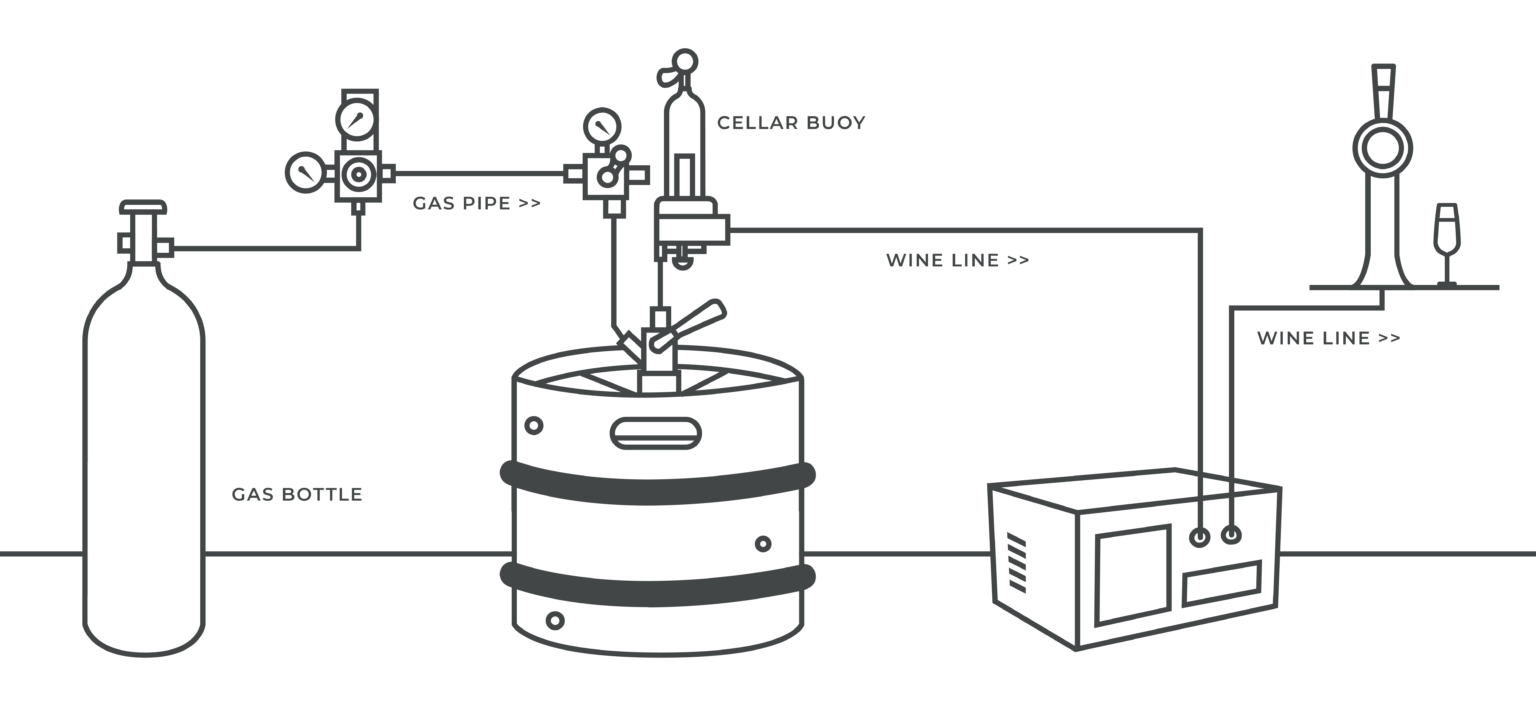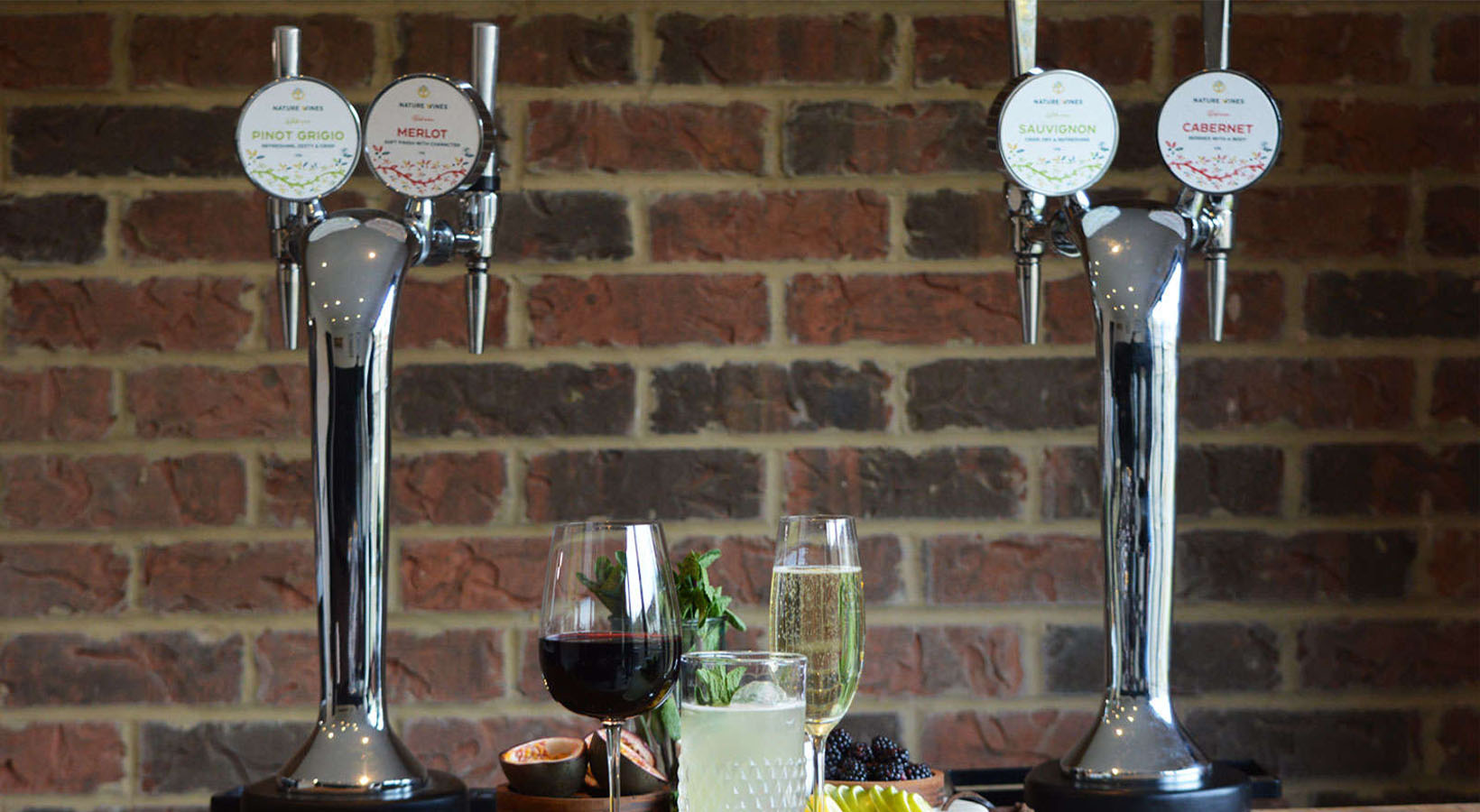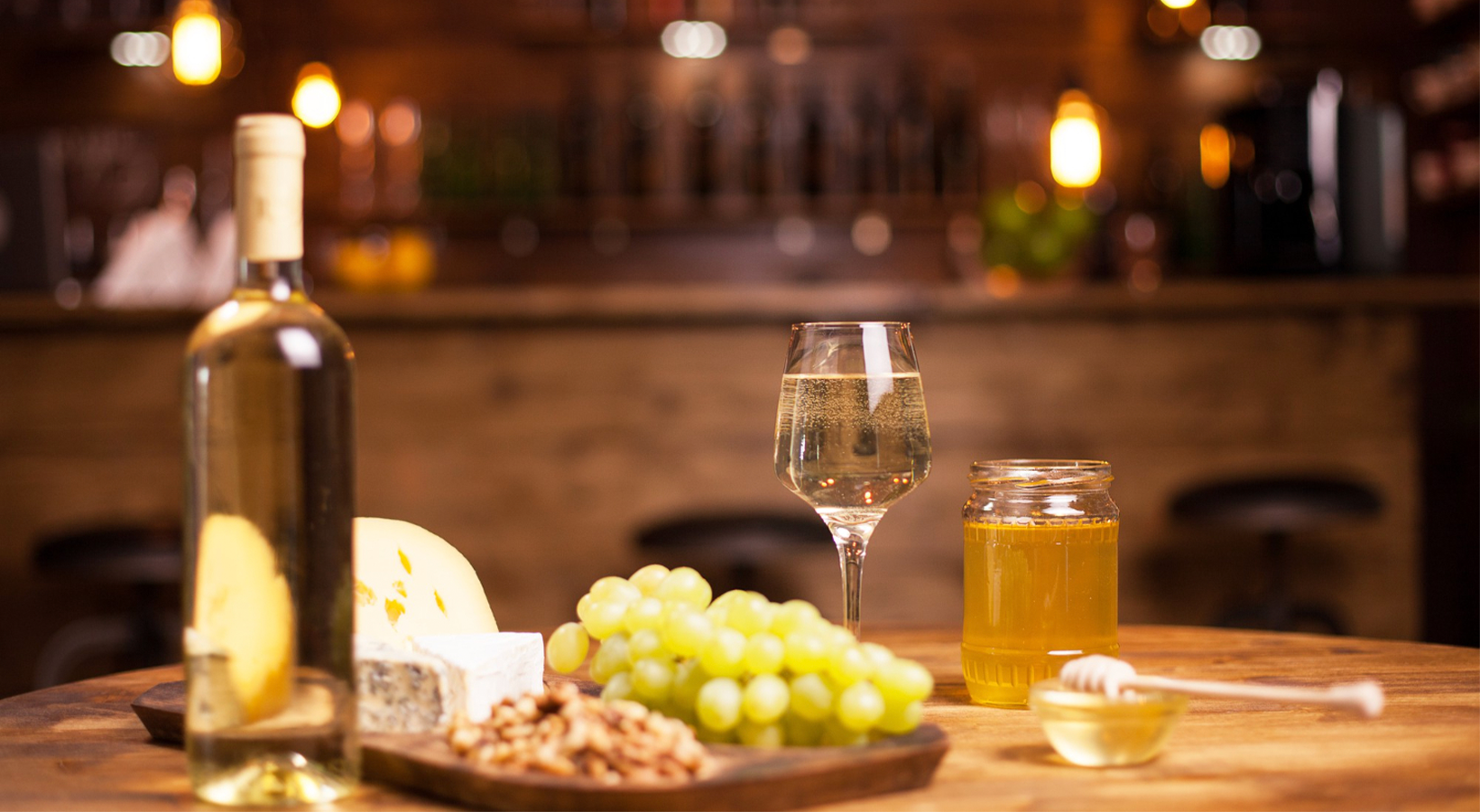
Here’s What You Need To Know About Serving Draft Cocktails
Draft cocktails have evolved from a passing trend, to an inevitable staple at trendy bars and popular restaurants across the UK. But what exactly is
Next Day Delivery
Wine on tap is growing in popularity for its practicality and value. Managing operations within a restaurant environment may feel like juggling one hundred things at once. Luckily with wine on tap, food establishments can reap the benefits of increased staff efficiency and profits. With the costs of living soaring, the prices of replenishing and regulating wine in a rapidly expanding industry are increasingly exhausting. Additionally, employee turnover in the food service industry is at an all-time high, leading to a considerable increase in labour and management costs in almost all the hospitality industries.
These issues are not easy, and there is no quick fix. However, when it comes to decreasing your costs and increasing your efficiency as a restaurant or bar, wine taps may be the thing you need!
Wine on tap uses a keg coupler. A keg coupler attaches to the top of the keg, connecting it to the gas line, allowing CO2 to go into the keg and wine to come out. The keg coupler is fitted using a standard push-fit connector.
Once everything is connected, gas pressure will push the kegged wine out through a tube at the push of the tap handle. Wine on tap works the same way as any other drink on tap, and there are countless benefits to using wine on tap.

Wine on tap is beneficial for revenue, service, and the environment. Although beer and cider are the most popular drinks on tap, many people also use wine on tap.
Serving wine on tap is going to speed up a lot of processes within your business. Serving wine on tap will reduce the operations between a customer’s order and how quickly their wine arrives at their table. Instead of finding a bottle of wine, bar staff can save time by using wine on tap. This will likely increase profits margins in the long run due to increased staff attentiveness.
Wine on tap is more sustainable than bottled wine. This is because wine on tap often uses sustainable stainless steel kegs that can be continuously reused. This will likely reduce your establishment’s carbon footprint by 96% in the long run. Using wine on tap will prevent huge glass waste due to the reusable kegs. You can use a selection of kegs instead of thousands of wine bottles in just a year. Although wine bottles are recyclable, wine corks are not. Using wine on tap will prevent excess contribution to waste.
With changes like these, your establishment will have an improved public image that goes above the rest. Consider switching to wine on tap if you’re interested in becoming more sustainable.
When it comes to money, every business needs to make profit from its products. This is especially true for food establishments, due to rising costs. Using a wine tap can increase your service efficiency and improve your profit margins.
Wine on tap is more versatile, meaning customers will receive their drinks faster and more consistently. Due to the efficiency of wine on tap, staff will be quick at giving customers their items, meaning customers are more likely to come back and spend more. Staff will also be able to increase table covers, increasing profits.
Additionally, wine on tap does not restrict customers from having to order an entire bottle for premium wines. So, if they want to try something new, they can simply order one glass. This will give customers greater freedom, meaning they may order more wine than they usually would!
Finally, wine on tap can hugely decrease your operating costs. The increase in service efficiency will open up more opportunities to reduce your operating costs even further.
With traditional wines, bottles are opened, and a single glass is poured for a customer. The remaining wine will go to waste unless another customer does not order it. The same goes for premium bottles, as customers may not finish the bottle and will likely only have a couple of glasses. Reduced wasted wine will likely reduce your operation costs by a significant amount.
Additionally, buying wine in bulk amounts for kegs is cheaper than buying bottles of wine. This means that you are naturally spending less money to earn the same amount back from profits.
Wine on tap is efficient and more profitable. For businesses, it is cheaper to buy wine on tap as it costs less than glasses, and wine wastage will be reduced. Wine on tap is something to be considered for new restaurants, established restaurants, and more. Wine on tap opens up various profitable opportunities, increases profits and efficiency, and decreases environmental impact.
Interested? Take a look through our available wine on tap selection! Or we have a range of dispensing equipment and accessories to get you set up and pouring straight away.
Share Post:

Draft cocktails have evolved from a passing trend, to an inevitable staple at trendy bars and popular restaurants across the UK. But what exactly is

Wine on tap is growing in popularity for its practicality and value. Managing operations within a restaurant environment may feel like juggling one hundred things

Most guides for pairing food and wine are overly strict. Truthfully, you can eat whatever you want while drinking whichever wine you choose. There are
© All Rights Reserved
Approved Alcohol Supplier – AWRS No: XWAW00000103629
VAT No: GB 113 272 944
Co Reg: 07645413
Registered Office: 75 The Mall, Swindon, Wiltshire, SN1 4JE
Approved Alcohol Supplier – AWRS No: XWAW00000103629
VAT No: GB 113 272 944
Co Reg: 07645413
Registered Office: 75 The Mall, Swindon, Wiltshire, SN1 4JE
Send us your details for a free sample